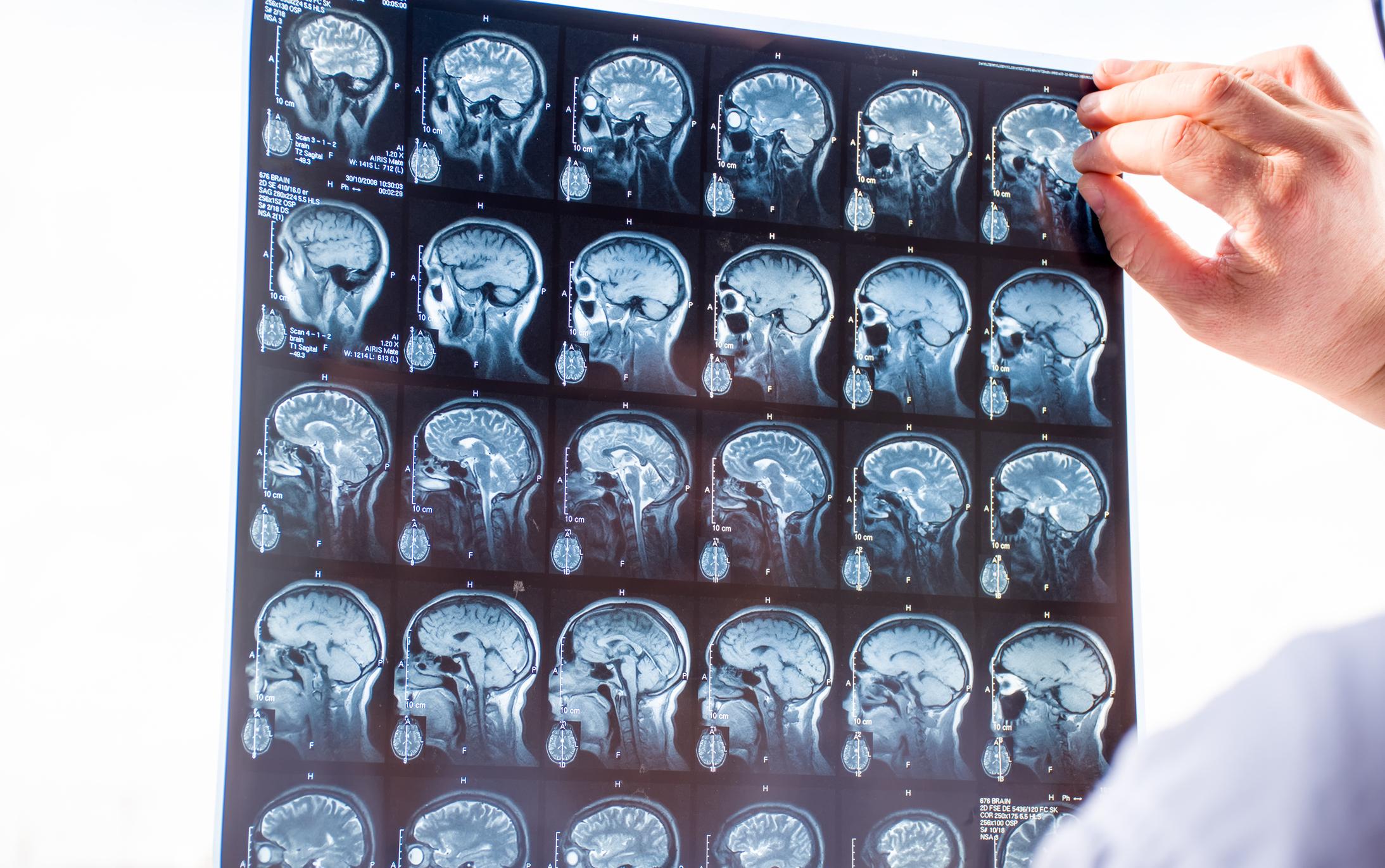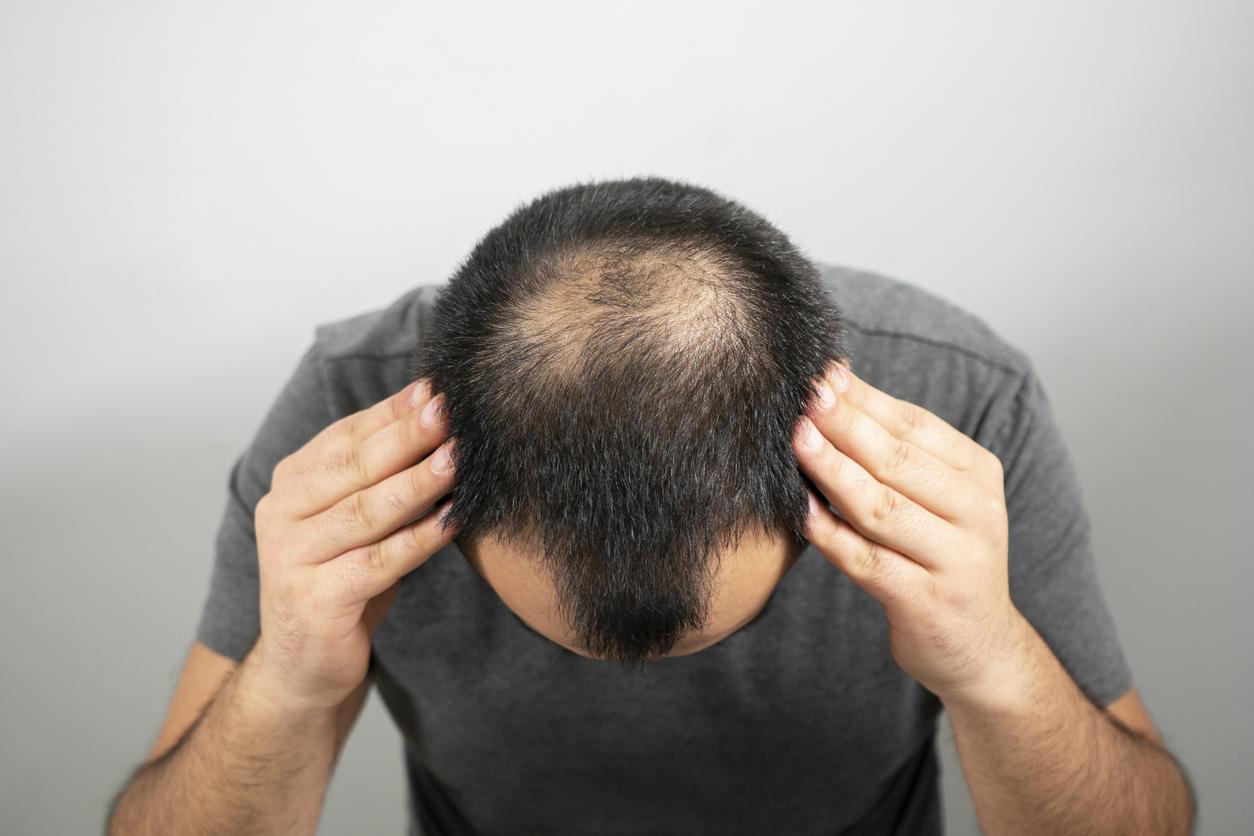In Sanskrit, “ayur” means vital force, and “veda” knowledge. This “science of life” comes from the sacred texts of India, where it has been practiced for 5,000 years. Initially preventive, this medicine is based on a global vision of the human being, associating his physical and mental health conditions as well as the influence of his daily environment. The goal is to bring a better balance between these parameters. We can also “diagnose” each person according to three fundamental vital energies, called doshas: Vata, Pitta and Kapha. The latter, according to their preponderance, determine a physical and psychological type. The risks of getting sick are related to how the doshas are balanced. To plan a treatment, Ayurveda practitioners consider the state of the doshas by measuring the pulse in different parts of the body. They then develop a personalized therapeutic program, based on lifestyle rules, herbal or aromatherapy preparations (essential oils), massages, physical exercises, breathing and/or meditation. The diet is also often changed: for example, green vegetables, cold drinks, pepper and chocolate stimulate the Vata, while rice, onion, grapes or nuts calm it.
What are the principles of Ayurvedic medicine?
Loading-widget
Related Posts
Leave a Reply Cancel reply
Recent Posts
- Food supplements: “With magnesium and vitamin D, you solve 90% of problems”
- Stroke: a new contrast agent is able to detect the smallest clots
- Cold, flu… Does vitamin C really help us when we are sick?
- How to recognize the signs of control?
- Benign prostatic hypertrophy: “we need to raise awareness among men aged 50 and over who have urinary problems”
Ace Mind website (acemind.net) provides you with the latest and accurate medical news, healthcare guides, technology news, technical tutorials, automobiles news, and instructions and knowledge about other fields.
Contact us: khaobanmuang@gmail.com


















